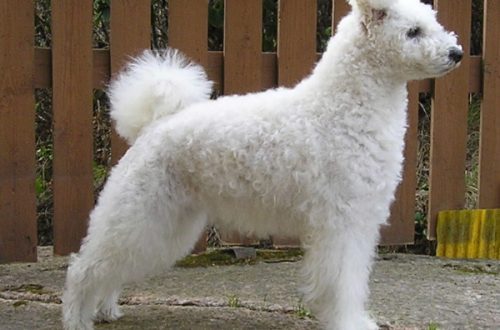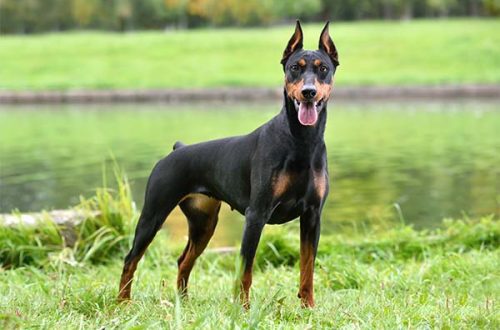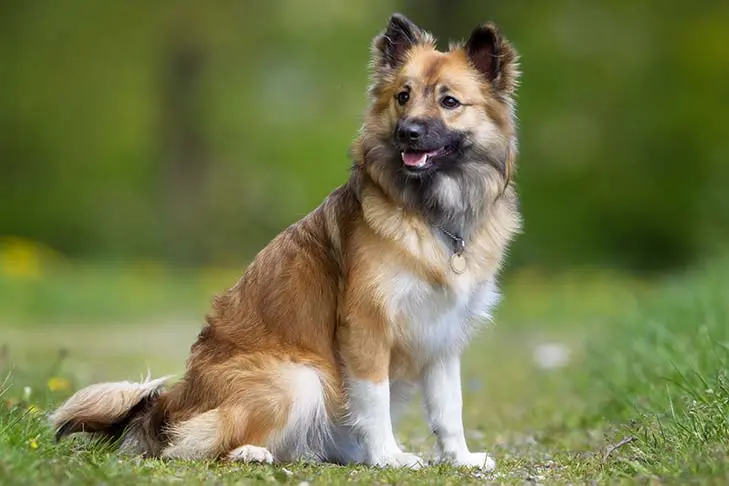
Icelandic Sheepdog
Contents
Characteristics of Icelandic Sheepdog
| Country of origin | Spain |
| The size | Average |
| Growth | 31-41 cm |
| Weight | 9–14 kg |
| Age | 12–15 years old |
| FCI breed group | Spitz and breeds of primitive type |
Brief information
- Very loyal to children;
- They have a sonorous voice, good guards;
- Requires careful grooming
- Also called the Icelandic Sheepdog.
Character
The Icelandic dog is Spitz in origin, but it is often called a shepherd dog – this is her job.
As you might guess, the birthplace of the breed is Iceland. Spitz-like dogs appeared on this territory several hundred years ago – at the turn of the 9th-10th centuries; they probably got there along with the discoverers of the Vikings. Animals quickly adapted to the harsh climate of the northern lands and began to help the shepherds.
The formation of the Icelandic dog breed took place practically without human control and intervention, since representatives of other breeds were rarely imported into the country. Perhaps that is why the appearance of Icelandic dogs has remained almost unchanged.
Behaviour
The Icelandic Sheepdog is a single owner dog. She will unquestioningly obey only the “leader”, but she will certainly have very special feelings for the children. Representatives of this breed make wonderful, gentle and caring nannies. They not only entertain the kids, but also carefully monitor their safety. The thing is that one of the main areas of work of the Icelandic dog is the protection and protection of lambs from predators. And the child is perceived by the pet in the same way, so the dog believes that its mission is to protect the baby.

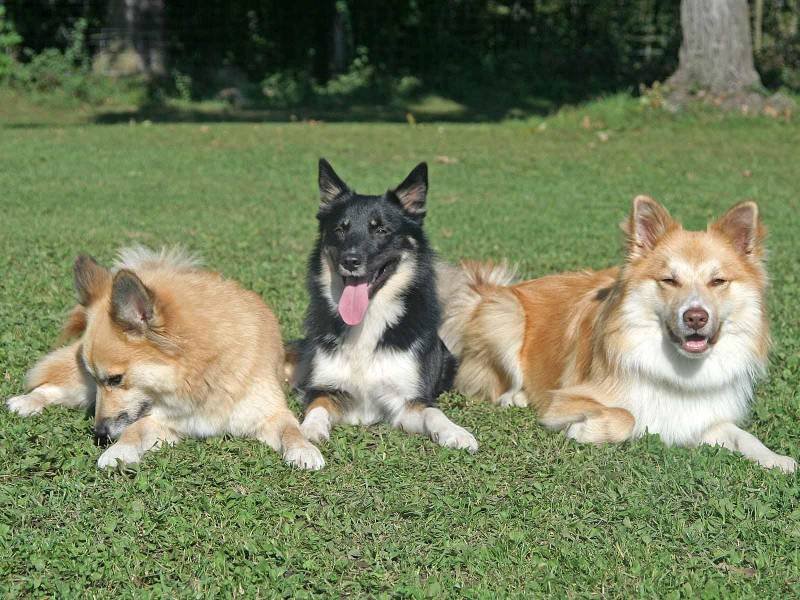
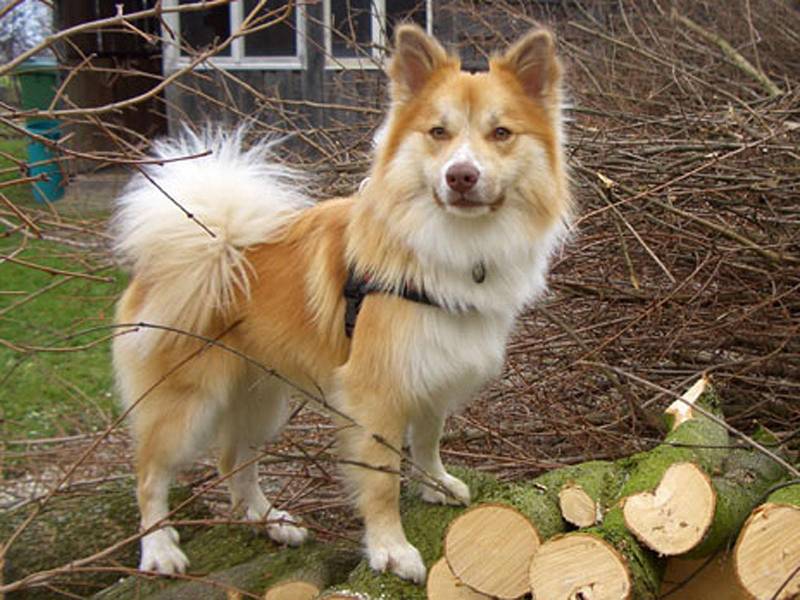
The Icelandic Shepherd is distrustful of strangers, but does not show aggression. But it can notify the entire district about the appearance of a guest. The barking of these dogs is sonorous and loud, so representatives of the breed also feel great as a guard.
It is not difficult to train Icelandic Shepherd Dogs: they literally grasp information on the fly and are happy to work with their beloved owner. It is important to interest the pet, find an approach to it and offer a decent reward: some prefer treats, others prefer praise.With animals, the Icelandic dog quickly finds a common language. Of course, if the housemates do not create conflict situations.
Icelandic Sheepdog Care
The thick coat of the Icelandic dog will require attention from the owner. The pet needs to be combed 2-3 times a week, thus removing the fallen hairs. During the molting period, the procedure should be carried out every day, for this, a furminator comb is used. Without proper care, fallen hairs can fall off and form tangles, which are much more difficult to get rid of later.
Conditions of detention
The Icelandic dog is a very energetic breed and don’t be put off by its size. She is ready to run and play for hours. So long walks are the key to her happy life. This is especially important if the family lives in the city and the owner does not have the opportunity to take the dog to the park or nature every day.
Icelandic Sheepdog – Video




